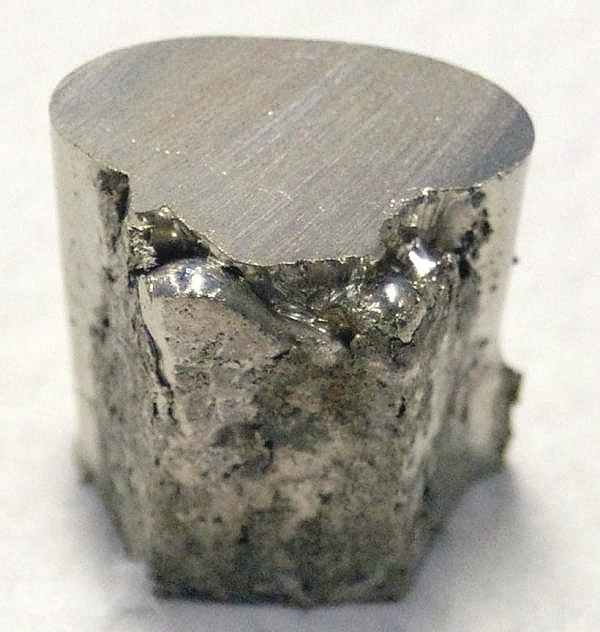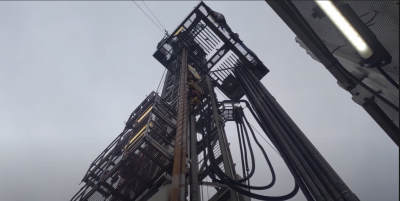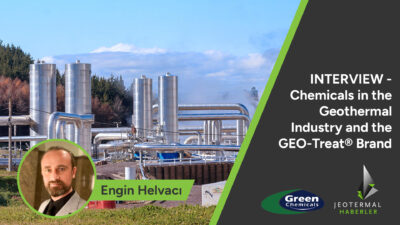Nickel helps on corrosion issues in geothermal wells
The wide variation in geothermal brines has meant, however, that there is not one universal solution and nickel alloys help fight corrosion in many different applications.
In a recent press release by the Nickel Institute, they bring up the important issue of corrosion in geothermal energy generation and explain how nickel assist in this particular matter.
Geothermal fluid is a naturally occurring mineralised mixture of pressurised water and steam heated underground to between 200–325 ºC. The steam and hot water are drawn up from a geothermal field by production wells from depths of up to three kilometres. High-pressure hot water from the geothermal field is separated at a geothermal plant into steam and water, and the dry steam is used to spin the turbines of generators to produce electric power.
There is also a potential to generate geothermal energy from underground hot dry rocks, where there is heat but no liquids to be tapped.
Enhanced Geothermal Systems (EGS) are maturing technologies where bore holes over three kilometres deep are drilled down to extremely hot underground granite rock. Water is forced into the holes, heated by the rocks and then pumped back through return wells to the surface for use.
One important benefit of geothermal power is that waste fluids from geothermal energy production are injected back into the geothermal field. This process helps to replenish the geothermal fluids which are then reheated underground. Return injection also avoids contaminating surface waters with the geothermal brine.
Geothermal brines are corrosive. They are acidic and often contain metal ions, corrosive chlorides and siliceous compounds as well as corrosive gases, such as carbon dioxide, sulphur oxides and hydrogen sulphide. Corrosive compounds and gases at high temperatures will come into contact with much of a geothermal plant’s processing equipment and piping which means that nickel-containing materials have an important role.
Making it work with nickel
Corrosion damage was a major issue for older geothermal power plants employing carbon steel for pipework and process equipment. As operating experience grew, nickel-stainless steels such as Types 304L (UNS S30403), 316L (S31603), 310S (S31008) and 321 (S32100) were increasingly used and are now the workhorse alloys used in much of the geothermal industry.
However, some stainless steels are vulnerable to pitting corrosion and chloride or sulphide-induced stress corrosion cracking in geothermal brines. Because of this, corrosion-resistant alloys with higher nickel content have been increasingly employed.
Where corrosive environments cannot be controlled by using corrosion inhibitors, duplex stainless steel Types 2205 (S32205), 2507 (S32750) and 2707 (S32707) and high nickel stainless steels such as 904L (N08904) and 6% Mo alloys (e.g. S31254 or N08367), have often performed well.
The wide variation in geothermal brines has meant, however, that there is not one universal solution. Research has been needed to match the best performing material to the process fluids. Depending on the operational demands, nickel alloys such as Alloy 625 (N06625), C-276 (N10276) and even higher alloys are needed. Other nickel alloys such as Alloy 600 (N06600), 601 (N06601) and 825 (N08825) have found selective use to cope with specific high corrosivity geothermal operations.
Geothermal is a useful and growing source of environmentally attractive energy made accessible thanks to the use of nickel alloys.
Source: Nickel Institute


















